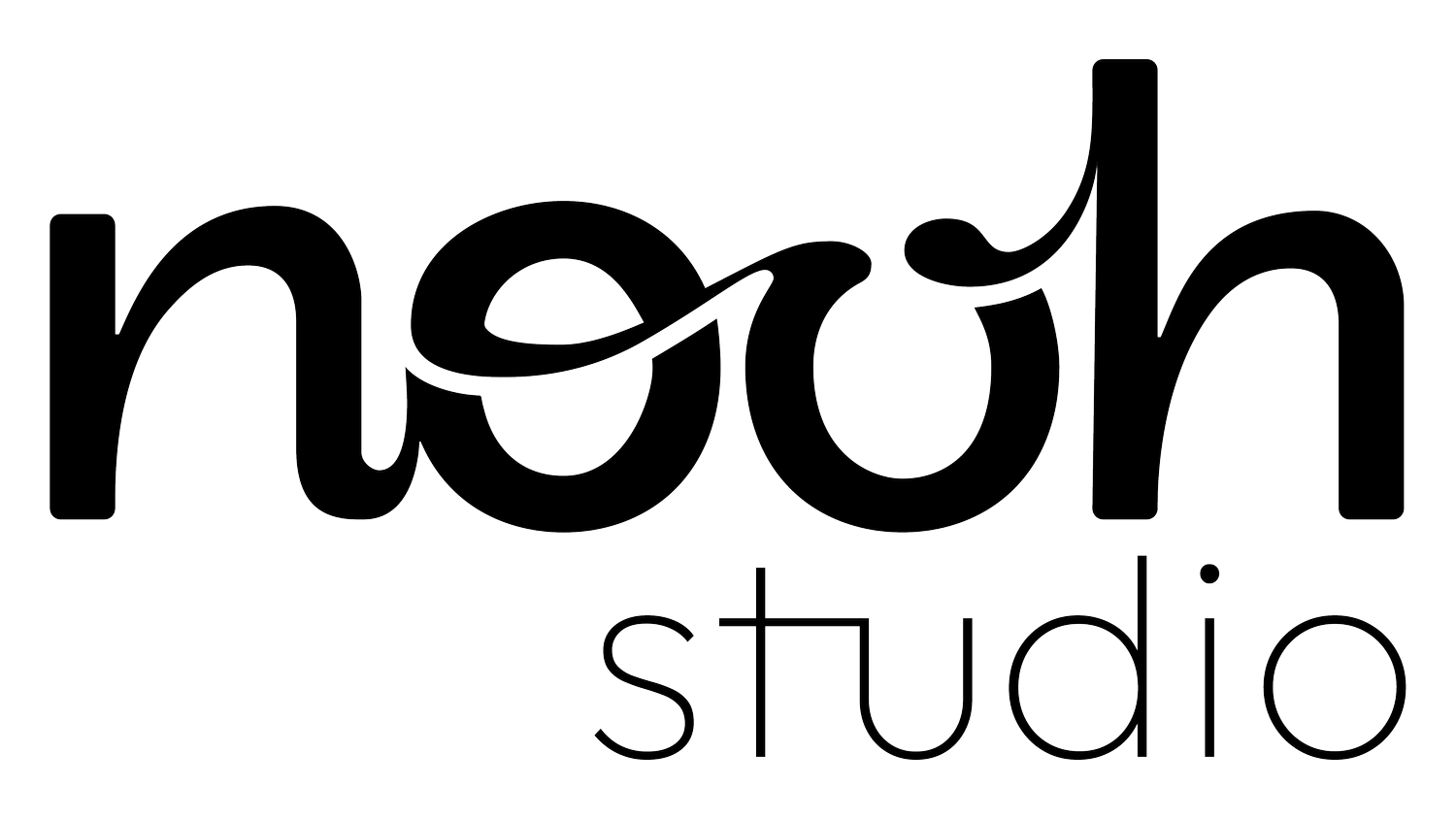How to design a great sports logo
At nooh, we have been investigating sports logos and how to create them - here are some of the main points we found to consider!
What makes a sports logo great?
First of all, it harnesses the ability of a logo to stand by itself and convey the core aspects of the company it represents. But more than that, it should make the audience who view it think of movement, dynamism, and aspiration. Sport is an activity that involves physical exertion and skill. To become the best you can at sport requires the harnessing of all of the human body’s abilities to their fullest potential, it is by its definition rooted in the movement of the human. To this extent, any imagery used should be reflective of a sense of movement.
Here are my key top tips to designing logos for sport
Investigate Iconography
Icons play a decisive role in shaping everyday life in all cultures. Iconic signs expand humanity's communication codes, verbal no less than non-verbal. This makes them the ultimate tool to use in any project. Therefore, to start to look at conveying a sense of sport to any form of visual medium, you must define and examine already existing forms of conveying movement, trajectory and aspiration in a variety of different cultures.
Abstract and Figurative Movement
You can go a variety of different ways, the most prominent to me being figurative and abstract. – think abstract in the form of NB’s momentum-inducing logo, think figurative in the form of the Rio Olympic dancers. The form to take of course should be decided with reference to the kind of organisation that the logo is being developed for – a figure would be much more suited to a ‘beauty based’ sport such as figure skating or gymnastics, whereas a more ‘aggressive’ sport such as rugby or badminton would be better suited to iconic parts of the sports, abstracted from the game itself - such as rugby balls or shuttlecocks.
Cross-reference
In the realm of logos, realism has become more of a barrier to recognition in recent times, making it hard to decipher from far away, less applicable in a wide variety of contexts, and less interpretable. By limiting yourself to shape and type, the graphic designer then has to try and convey these senses of movement through the shape and type in which the name of the sporting organisation resides.
As a case study, NIKE have created a logotype utilising italicisation of the NIKE characters. Italics were originally based on the calligraphic form of communication, showing a human level of interaction through the hand-based nature of italics. This combined with the simple way in which form plays a role in the feeling of movement (Kandinsky’s Point and Line to Plane) shows how when the text itself is sheared, the trajectory turns from being solid, impassive, to dynamic, aspirational. The choice of shearing the logo to the top right is also notable here as it corresponds to the western direction of reading (left to right), giving the Western reader an instant feeling of continuation.
Typeface is the key
Font choice for a logotype and logo are both crucial as to what the form of the character entails. A sporting company would rarely show a handwritten, jumbled bunch of letters – this flies in the face of the organisation and rigidity of competitive rules involved in the majority of sports. A strong, rigid, thick font would be an obvious choice for a sporting organisation, reflecting through the logo ideals of strength and glory.
Think about the brand and its community
To create a logo accurately reflective of the ideals of the sporting organisation it is being designed for requires then the consideration of audience, integrating human interaction, and an innate sense of movement - The use of type should be focussed on being angular, or at least to incorporate angular shapes in order to express how the idea of movement is central to the company itself.
